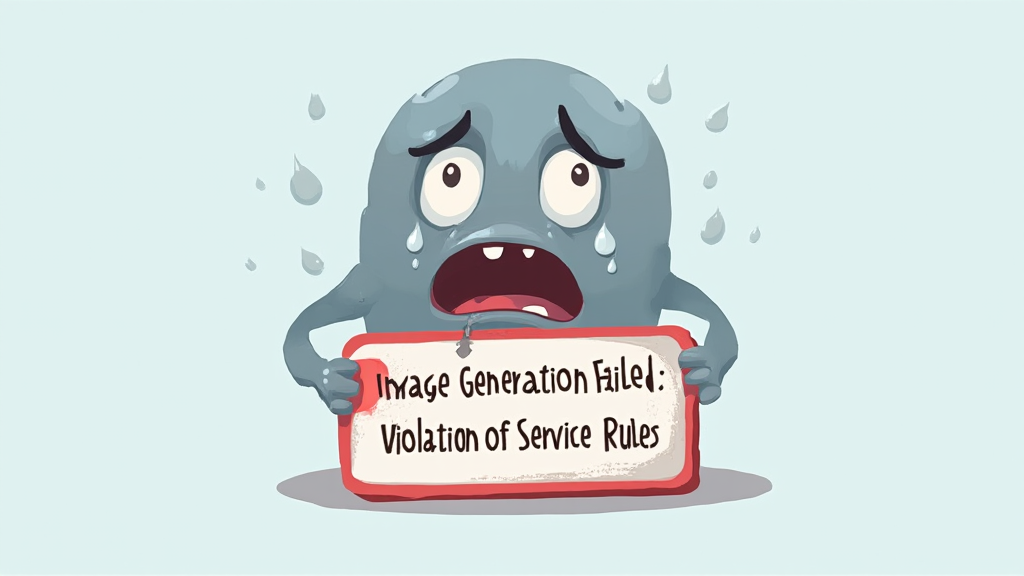Introduction to the Federal Reserve’s Role
Understanding the Federal Reserve System
The Federal Reserve serves as the central bank of the United States . It plays a crucial role in managing the nation’s monetary policy. By adjusting interest rates, he influences economic activity. This can lead to either growth or contraction.
Key functions include regulating banks, maintaining financial stability, and providing financial services. He also conducts monetary policy through open market operations. These actions directly affect liquidity in the economy.
For instance, when the Fed buys securities, it injects money into the system. Conversely, selling securities withdraws money. This balance is vital for controlling inflation and fostering employment.
Understanding these mechanisms is essential for investors. They cag better navigate market fluctuations. Knowledge is power in finance.
The Importance of Monetary Policy
Monetary policy is crucial for economic stability. It directly influences inflation and employment rates. By adjusting interest rates, he can stimulate or cool down the economy. This balance is essential for sustainable growth.
Key tools include open market operations and reserve requirements. These mechanisms help control the money supply. For example, lowering interest rates encourages borrowing and spending. Higher rates can curb excessive inflation.
Understanding these policies is vital for informed decision-making. Investors can anticipate market trends more effectively. Knowledge empowers financial strategies.
Key Components of Monetary Policy
Interest Rates and Their Impact
Interest rates are a fundamental aspect of monetary policy. They influence borrowing costs and consumer spending. When rates are low, he encourages investment and economic growth. This can lead to increased employment opportunities.
Conversely, high interest rates can slow down economic activity. They discourage borrowing and can lead to reduced consumer spending. This dynamic is crucial for managing inflation.
Understanding interest rates helps in financial planning. He can make informed decisions based on rate trends. Knowledge is essential for effective investment strategies.
Open Market Operations Explained
Open market operations are essential tools for implementing monetary policy. They involve the buying and selling of government securities. By purchasing securities, he injects liquidity into the banking system. This action lowers interest rates and stimulates economic activity.
Conversely, selling securities withdraws liquidity. This can lead to higher interest rates and reduced spending. These operations are crucial for maintaining the target federal funds rate.
Understanding these mechanisms is vital for financial professionals. He can better assess market conditions and make informed decisions. Knowledge is key in navigating economic fluctuations.
Recent Monetary Policy Decisions
Analysis of Recent Rate Changes
Recent rate changes have significant implications for the economy. The Federal Reserve’s decisions reflect ongoing assessments of inflation and growth. For instance, a recent increase in rates aims to combat rising inflation. This action can slow down consumer spending and borrowing.
Conversely, maintaining lower rates can stimulate economic activity. He must balance these factors to achieve stable growth. Market reactions to these changes are often immediate and pronounced. Investors closely monitor these decisions for insights.
Understanding the rationale behind rate adjustments is crucial. He can make informed financial choices based on this analysis. Knowledge is essential for navigating economic shifts.
Quantitative Easing and Tightening
Quantitative easing (QE) involves the central bank purchasing securities to increase money supply. This strategy aims to lower interest rates and stimulate economic growth. By injecting liquidity, he encourages lending and investment. This can lead to higher consumer spending.
On the other hand, quantitative tightening (QT) is the opposite process. It involves reducing the central bank’s balance sheet by selling securities. This action can raise interest rates and slow economic activity. He must carefully manage these transitions to avoid market disruptions.
Understanding these policies is essential for financial planning. He can better anticipate market movements and adjust strategies accordingly. Knowledge is power in economic decision-making.
The Federal Reserve’s Influence on Cryptocurrency
Market Reactions to Policy Announcements
Here are 10 trending article titles for a financial website based on the latest news and analysis: No input data
Long-term Implications for Digital Assets
The Federal Reserve’s policies significantly impact digital assets. Changes in interest rates can alter investor sentiment towards cryptocurrencies. For instance, lower rates may drive more capital into digital assets. This can lead to increased demand and higher prices.
Conversely, tightening monetary policy can have the opposite effect. Higher interest rates may push investors towards traditional assets. He must consider these dynamics when evaluating long-term strategies.
Understanding these implications is crucial for investors. He can better navigate the evolving landscape of digital currencies. Knowledge is essential for making informed decisions.
Future Outlook and Predictions
Potential Policy Shifts Ahead
As policymakers navigate complex challenges, potential shifts in policy are anticipated. He believes that economic factors will drive these changes. Economic stability is crucial for growth. Additionally, social issues may prompt new legislative measures. Society is evolving rapidly. Environmental concerns are also likely to influence future decisions. Protecting the planet is essential.
Experts predict that technology will play a significant role. Innovations can reshape existing frameworks. For instance, data privacy laws may become stricter. Privacy is a growing concern. Furthermore, international relations could lead to new trade agreements. Cooperation is vital for progress. Overall, these factors suggest a dynamic policy landscape ahead. Change is inevitable.
Impact on the Broader Financial Landscape
As market dynamics evolve, the broader financial landscape is poised for significant transformation. He notes that interest rate fluctuations will influence investment strategies. Higher rates typically dampen borrowing. Additionally, regulatory changes may reshape capital markets. Compliance costs can increase for firms. Furthermore, technological advancements are expected to disrupt traditional banking models. Fintech innovations are gaining traction.
Moreover, global economic conditions will impact asset valuations. Geopolitical tensions can create volatility. For instance, trade wars may affect commodity prices. Price stability is crucial for investors. Furthermore, demographic shifts could alter consumer behavior, influencing market demand. Understanding these trends is essential. Overall, these factors suggest a complex and interconnected financial environment. Change is on the horizon.
